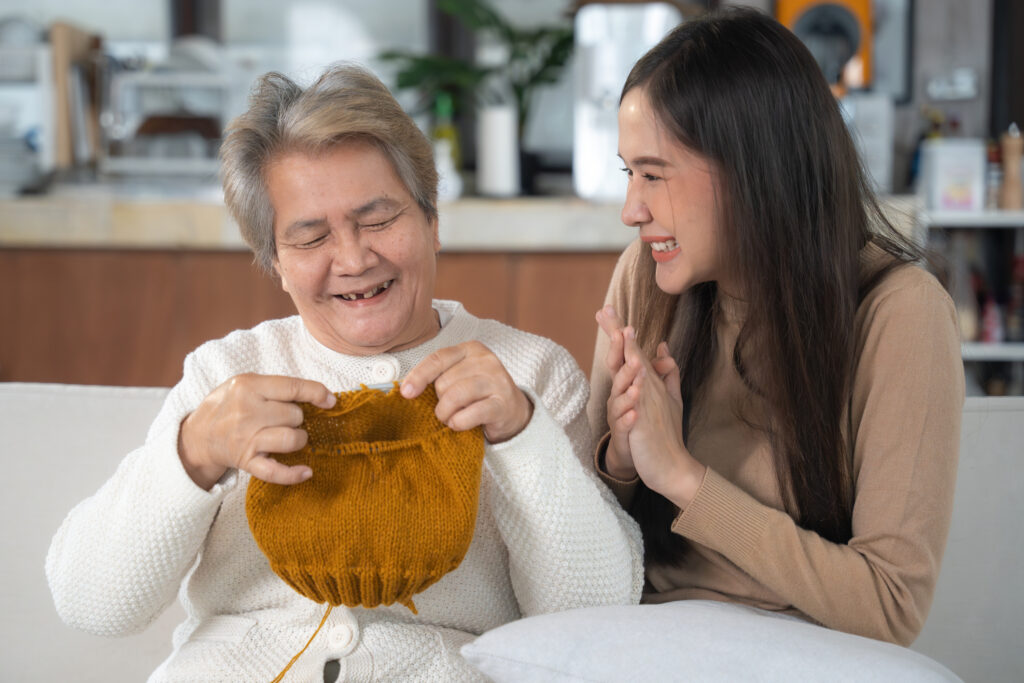Beyond Mobility: OT for Seniors

For many of us, independence isn’t just a luxury—it’s the beating heart of our existence. But as the years roll by, life’s simple tasks can morph into demanding challenges. It’s natural for our eyesight to weaken, our strength and stamina to decrease, and occasional forgetfulness. But there is help! With customized interventions, occupational therapy (OT) can help rescue our independence from the clutches of time.
Recently, OT has become more popular; the demand is expected to rise 17% by 2030. Rehab isn’t the only reason for growth; seniors who want to age in place are also rising in numbers. Amy Lamb, former president of the American Occupational Therapy Association, explains, “That’s where occupational therapy shines the most.”
Like physical therapy (PT), OT enhances mobility and improves quality of life. While PT typically focuses on improving strength, balance, and range of motion through physical interventions, OT addresses how individuals can perform tasks independently, regardless of physical or cognitive limitations. For example, after a fall, PT helps a person regain strength in their legs to move while OT teaches strategies to safely navigate and prevent future accidents. For seniors experiencing changes in abilities, OT can support a range of “life occupations,” from basic self-care like dressing and grooming to complex activities like managing finances and social interactions.
While there are many ways OT can help, here are four selected interventions which can boost aging independently:
- Home modifications. After evaluating the overall living environment, occupational therapists can recommend changes for safety and For instance, installing grab bars near the shower can assist with balance; a video doorbell means that the homeowner can check who is visiting before rushing to get the door.
- Cognitive rehabilitation. Some seniors experience cognitive decline. Using sensory stimulation, memory exercises, problem-solving tasks, and concentration tasks, OT can help improve attention and focus. Improving thinking abilities fosters autonomy in daily life.
- Functional training Movement done in the real world as part of daily living is center to independence, but it can be complex, using many joints to go through multiple functions. Occupational therapists can work with seniors to improve essential actions like getting in and out of bed, sitting in a chair, or using canes.
- Activity engagement What is life without enjoyment? Whether the senior enjoys gardening, painting, or playing an instrument, occupational therapists can help ensure continued participation in enjoyable activities. Research has shown that meaningful activity engagement influences seniors’ well-being .
Every home and person are unique, so OT is not one size fits all. Occupational therapists, like the ones at CPT, are experts in innovative, personalized interventions and can explain which strategies would work best for your situation.
Groucho Marx quipped that getting older is no problem; you just have to live long enough. But aging independently is a different prospect altogether. And for that, OT is a big help.
![CPT Rehab [logo]](https://www.cptrehab.com/wp-content/themes/cpt-rehab/images/logo.png)